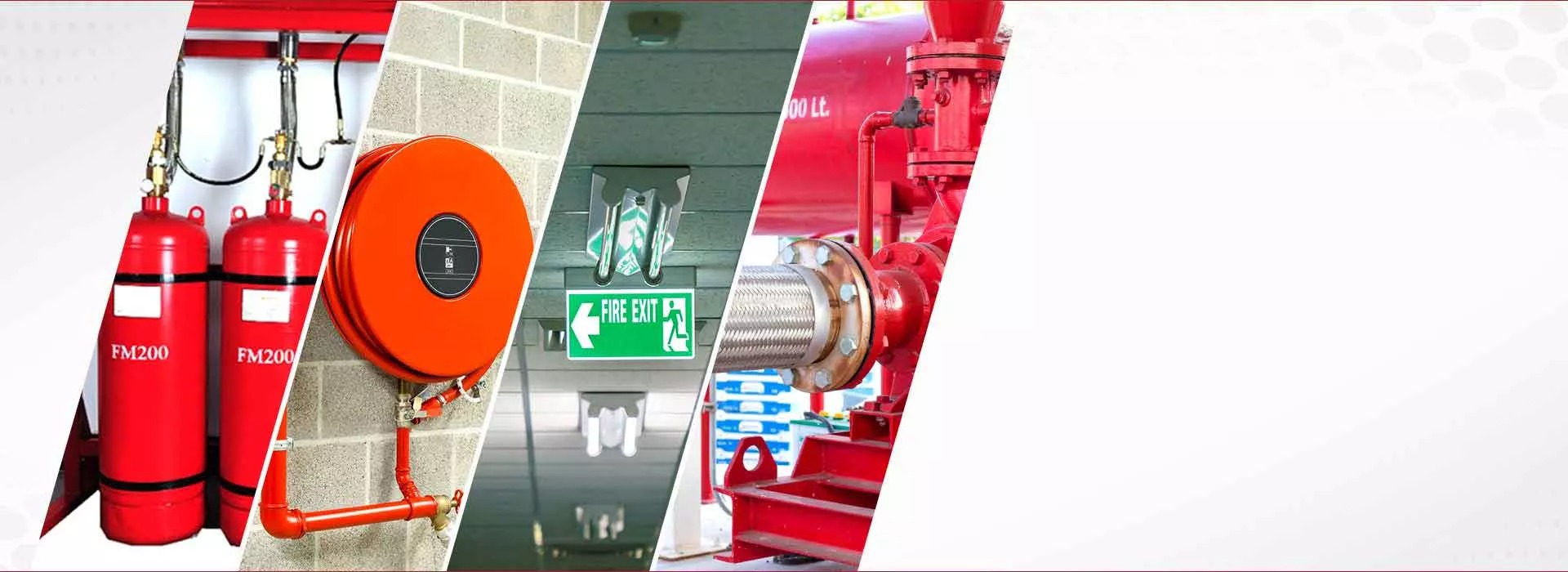Fire extinguishers are important for any workplace and home, as they can help put out small fires before they have a chance to spread and cause significant damage. However, to ensure that fire extinguishers are safe and effective, they must meet certain standards set by regulatory bodies. This article will discuss the most important fire extinguisher standards you should be aware of. If you are considering buying fire extinguisher, get help from the best fire safety equipment suppliers.
UL Standards:
UL (Underwriters Laboratories) is a global safety science company that tests and certifies products to ensure they meet safety standards. UL has developed fire extinguishers standards that meet certain performance and safety requirements. The UL rating on a fire extinguisher indicates that the extinguisher has been tested and certified by UL to meet these standards.
NFPA Standards:
The National Fire Protection Association (NFPA) is a non-profit organization that develops and publishes fire protection and life safety standards. The NFPA has developed standards for fire extinguishers, including NFPA 10: Standard for Portable Fire Extinguishers. This standard provides guidelines for selecting, installing, maintaining, and using fire extinguishers.
OSHA Standards:
The Occupational Safety and Health Administration (OSHA) is a government agency that develops and enforces standards to ensure the safety and health of employees in the workplace. OSHA has developed standards for fire extinguishers, including 29 CFR 1910.157: Portable Fire Extinguishers. This standard provides guidelines for selecting, installing, maintaining, and using fire extinguishers in the workplace.
Type Classifications:
Fire extinguishers are classified by the type of fire they are intended to put out. The five main classes of fires are Class A, B, C, D, and K. It’s important to ensure that you have the correct type of extinguisher for the type of fire you may encounter. For example, a Class A extinguisher is for fires involving ordinary combustibles such as wood, paper, and cloth, while a Class B extinguisher is for fires involving flammable liquids and gases.
Fire extinguishers are an essential piece of equipment in any home or business, but to ensure that they are safe and effective, they must meet certain standards set by regulatory bodies. It’s important to be aware of these standards, including UL, NFPA, ANSI, and OSHA, as well as the type classifications of fire extinguishers, to ensure that you have the correct type of extinguisher for the type of fire you may encounter.



